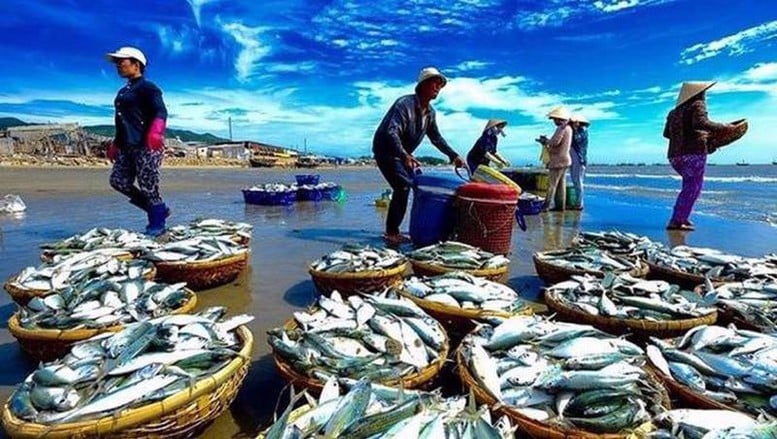
The first quarter of 2025 recorded positive signals with total aquatic product output reaching nearly 2 million tons, an increase of 2.8% over the same period in 2024.
Stable production from product diversification
Shrimp and pangasius continue to be the two pillars of Vietnam's seafood industry. In the first quarter of 2025, shrimp achieved an impressive growth of 37.8% in export turnover, while pangasius also maintained stable growth.
According to Deputy Minister of Agriculture and Environment Phung Duc Tien, shrimp output reaches 1.3 million tons per year, bringing in 4.3 billion USD, while pangasius output reaches 1.65 million tons with an export value of over 2 billion USD. These figures show the strength of the two key industries, but also pose the problem of exploiting the "ceiling" of productivity.
Director of the Department of Fisheries and Fisheries Surveillance Tran Dinh Luan emphasized that maintaining a stable source of raw materials is a vital factor, especially when seafood production requires a long time - at least 3 months for shrimp and 7-8 months for other species. However, the announcement of reciprocal tariffs from the US - a market that accounts for 18-20% of Vietnam's seafood export turnover - has caused panic, leading to massive harvesting in some localities. In order to stabilize production, the Department of Fisheries and Fisheries Surveillance promptly issued a document advising people and businesses to avoid early harvesting or limit seeding, and coordinate with localities to ensure that the supply chain is not disrupted.
Although shrimp and pangasius bring high economic value, over-concentration on these two subjects makes the seafood industry vulnerable to market fluctuations and disease risks. Mr. Luan commented that to achieve the growth target of 4.35%, the industry needs to diversify into new farming subjects with competitive potential, such as tilapia, eel, mollusks (clams, mussels, oysters), seaweed, abalone or sea cucumber. These species not only have high economic value but are also suitable for natural conditions in many regions, helping to effectively exploit water surface areas and reduce pressure on natural resources.
For example, tilapia is emerging as a potential farming species in the North, with increasing demand in domestic and export markets. Similarly, integrated farming models of fish, mollusks and seaweed are proving to be economically and environmentally efficient, contributing to reducing emissions and conserving marine biodiversity. Mr. Luan said that in the second quarter of 2025, the Department of Fisheries and Fisheries Surveillance will coordinate with relevant units to develop improved farming models, reduce feed conversion ratios, increase survival rates and optimize production costs.
According to the report of the Department of Fisheries and Fisheries Surveillance, the first quarter of 2025 recorded positive signals with total aquatic product output reaching nearly 2 million tons, up 2.8% over the same period in 2024. Of which, aquaculture output reached more than 1.1 million tons (up 5.1%), exploitation reached nearly 880,000 tons (up 0.1%), and export turnover reached 2.29 billion USD, up 18.1%.
However, to achieve the set goals, the fisheries sector needs to diversify farming species, reduce dependence on shrimp and pangasius, and at the same time promote the protection of aquatic resources and combat illegal, unreported and unregulated (IUU) fishing to remove the "yellow card" of the European Commission (EC).
Deputy Minister Phung Duc Tien emphasized that it is necessary to strictly implement Directive No. 32-CT/TW dated April 10, 2024 of the Secretariat, update monthly reports and strengthen inspection and supervision in localities. The Department of Fisheries and Fisheries Surveillance is coordinating with the Legal Department to complete legal documents, review circulars, decrees, regulations and standards to meet the EC's requirements.
At the same time, according to the Plan for Protection and Exploitation of Aquatic Resources for the 2021-2030 period, many spawning and juvenile areas need to be strictly protected through a ban on exploitation. The Department of Fisheries and Fisheries Control plans to propose to the Ministry of Agriculture and Environment to direct localities to implement this measure in the coming time. Mr. Luan affirmed: "Only by switching from indiscriminate exploitation to protecting spawning and juvenile areas can the fisheries industry achieve long-term efficiency and sustainability."
To create new momentum for the aquaculture industry, the Ministry of Agriculture and Environment has proposed a number of key solutions, such as expanding the farming areas, developing value-added products and promoting trade in new markets such as the Middle East, Africa and Southeast Asia. Free trade agreements (FTAs) are a great advantage for Vietnamese aquaculture to increase its competitiveness.
Investing in intensive, super-intensive, recirculating and energy-saving farming technology will help improve productivity and quality. Applying artificial intelligence in disease prevention and treatment and e-commerce trading platforms for aquatic products are also potential directions.
Organic, ecological and circular economy farming models need to be replicated to reduce greenhouse gas emissions and protect marine ecosystems. At the same time, strict control of the quality of breeds, feed and chemicals in farming is a key factor.
The government needs to continue preferential credit packages and policies to support fishermen in switching from fishing to aquaculture. Building a chain of links between farmers, cooperatives and businesses will ensure traceability and increase product value.
Do Huong
Source: https://baochinhphu.vn/da-dang-hoa-doi-tuong-nuoi-thuy-san-de-tao-su-dot-pha-102250418081351745.htm



![[Photo] Prime Minister Pham Minh Chinh receives Swedish Minister of International Development Cooperation and Foreign Trade](https://vphoto.vietnam.vn/thumb/1200x675/vietnam/resource/IMAGE/2025/5/12/ae50d0bb57584fd1bbe1cd77d9ad6d97)
![[Photo] Prime Minister Pham Minh Chinh works with the Standing Committee of Thai Binh Provincial Party Committee](https://vphoto.vietnam.vn/thumb/1200x675/vietnam/resource/IMAGE/2025/5/12/f514ab990c544e05a446f77bba59c7d1)

![[Photo] Prime Minister Pham Minh Chinh starts construction of vital highway through Thai Binh and Nam Dinh](https://vphoto.vietnam.vn/thumb/1200x675/vietnam/resource/IMAGE/2025/5/12/52d98584ccea4c8dbf7c7f7484433af5)


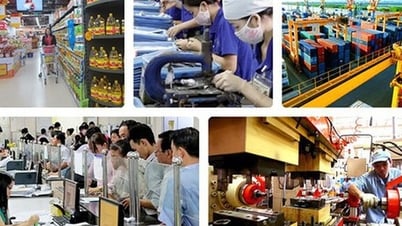












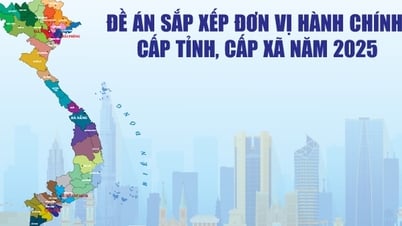




















































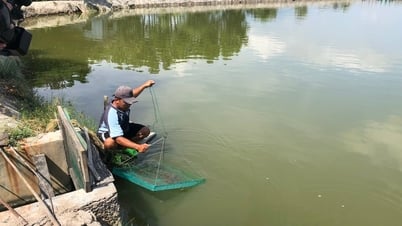


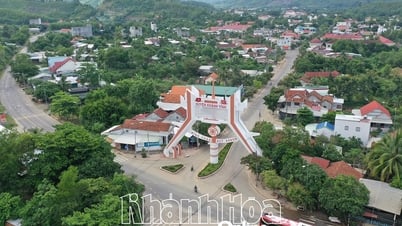











Comment (0)